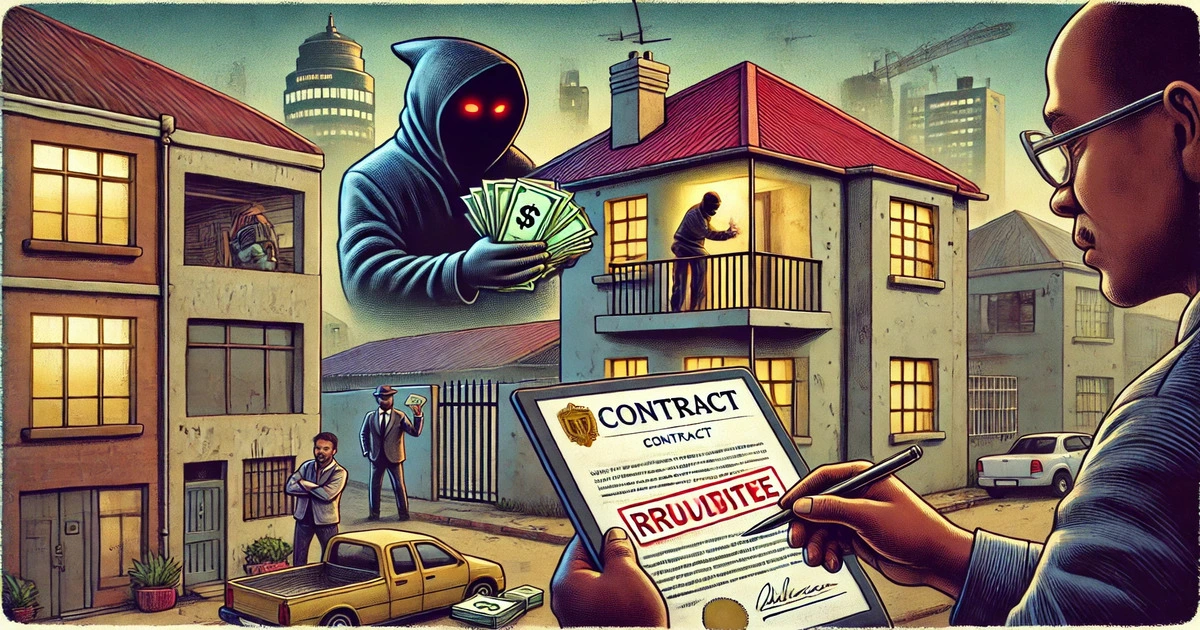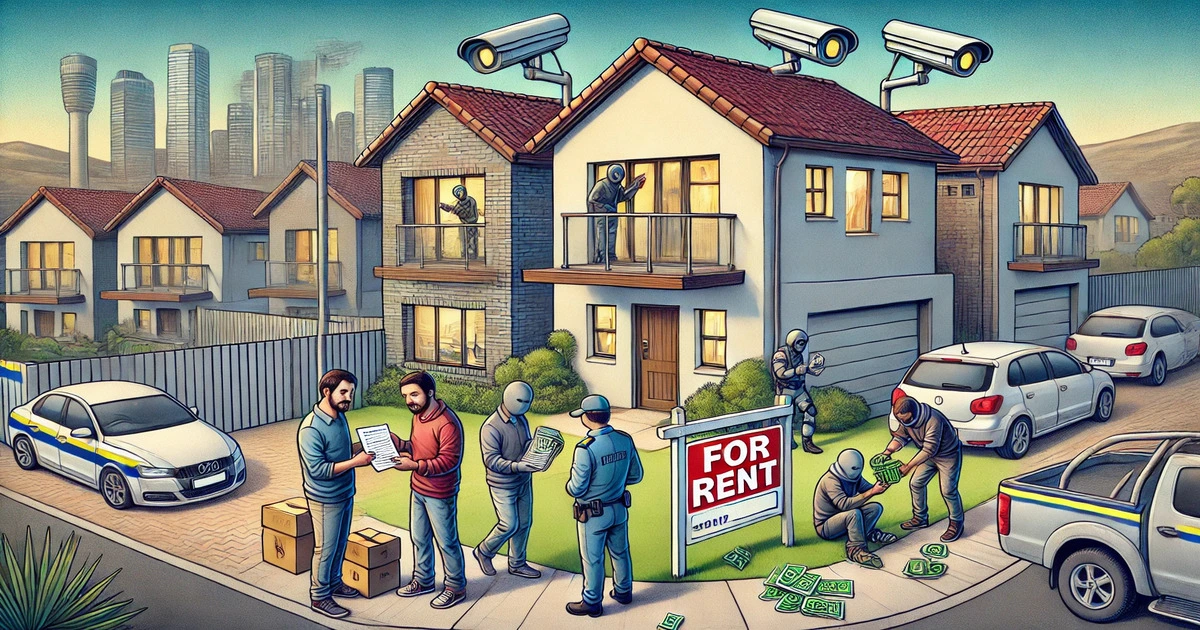Who is Responsible for Maintenance and Repairs Under a Commercial Lease?
Commercial property leasing is a complex area of property law and business negotiation. One of the most critical issues for both landlords and tenants is who is responsible for maintenance and repairs under a commercial lease.
This question goes to the heart of risk allocation, cost planning, and legal compliance. The answer varies depending on the terms of the lease, local legal requirements, and the specific nature of the property.
In this article, we will examine in detail who is responsible for maintenance and repairs under a commercial lease, including common types of repair obligations, relevant legal principles, and best practices for drafting and negotiating these clauses.
Understanding Commercial Lease Structures
Commercial leases can take many forms. They are, fundamentally, contracts that allocate responsibilities and risks between landlord and tenant. Unlike many residential leases, commercial leases are highly negotiable and often tailored to the parties’ needs.
The allocation of repair and maintenance responsibilities is one of the most negotiated elements of the lease. There is no single standard rule: it depends on the lease’s terms. Nevertheless, specific broad categories help clarify typical arrangements:
- Full repairing and insuring leases (FRI leases)
- Internal repairing leases
- Gross or inclusive leases
- Net leases
Each category determines who is responsible for maintenance and repairs under a commercial lease in its own way.
Full Repairing and Insuring (FRI) Leases
One of the most common forms of commercial lease in many jurisdictions is the FRI lease. Under this model:
- The tenant is responsible for all repairs, both internal and external.
- The tenant also pays for the property insurance or reimburses the landlord’s insurance costs.
This arrangement places significant obligations on the tenant. It typically includes:
- Structural repairs (foundations, walls, roof)
- External maintenance (façade, windows)
- Internal maintenance (plumbing, electrical systems, fixtures)
In practice, the landlord passes nearly all responsibility for the building’s condition to the tenant. This can be particularly burdensome for tenants leasing older properties where unexpected repair costs might be high.
Due to the scope of these obligations, tenants often insist on a schedule of condition being attached to the lease. This document records the property’s state at the start of the lease and limits the tenant’s obligation to maintain it to that standard, avoiding liability for pre-existing disrepair.
Internal Repairing Leases
In contrast to FRI leases, internal repairing leases typically limit the tenant’s responsibility to the interior of the premises:
- The landlord remains responsible for the building’s structure, roof, and external areas.
- The tenant keeps the interior in good repair.
This arrangement is more common in multi-let buildings, such as shopping centres or office blocks, where the landlord wants to maintain control over the building’s overall condition and appearance.
For example, the landlord may manage and maintain standard parts, external walls, and roofs, recovering the cost via a service charge apportioned among tenants.
Gross or Inclusive Leases
A gross lease (or “inclusive lease”) is one where the landlord covers most or all property expenses, including repairs and maintenance. The tenant pays a single rent that incorporates these costs.
- The landlord manages all repairs.
- The tenant has minimal responsibility beyond avoiding any damage they cause.
Gross leases are less common in commercial leasing than net or FRI leases. Still, they are sometimes used for serviced offices, short-term tenancies, or when landlords want to offer simplicity and predictability to tenants.
Net Leases
“Net” leases are prevalent in some jurisdictions, particularly in the United States. They come in variations:
- Single net lease: The tenant pays the base rent plus property taxes.
- Double net lease: Tenant pays rent plus taxes and insurance.
- Triple Net Lease (NNN): The tenant pays rent plus taxes, insurance, and all maintenance and repairs.
A triple net lease is functionally similar to an FRI lease in the UK or other Commonwealth systems.
When parties negotiate a net lease, they must clearly define who is responsible for maintenance and repairs under the commercial lease and which costs the tenant is responsible for covering.
Common Law Principles and Statutory Requirements
Beyond the lease wording itself, local property law and statutory rules can influence who is responsible for maintenance and repairs.
- Implied obligations: In many jurisdictions, even if not explicitly stated in the lease, landlords may have obligations to ensure that the premises are fit for purpose at the start of the lease.
- Health and safety laws: Landlords often have non-delegable duties regarding building safety, asbestos management, or fire regulations.
- Environmental law: Issues like contamination may create obligations that cannot be shifted to tenants by contract.
It is therefore essential to understand not only the lease but also the legal framework.
Typical Repair Clauses
Commercial leases often contain highly detailed repair clauses, setting out:
- Tenant’s obligations: “To keep the premises in good repair” or “to put and keep in good repair” (the latter is broader).
- Landlord’s obligations: Often limited to the structure and standard parts.
- Decoration requirements: Tenants may have to redecorate at intervals.
- Yield up provisions: Requirements for the condition when returning the property.
Even subtle differences in wording can result in significant cost shifts.
Schedules of Condition
A powerful tool for tenants, the schedule of conditions limits liability. If a lease says:
“The tenant shall keep the premises in repair, but only to the condition shown in the schedule of condition.”
The tenant is not required to improve the property beyond its initial condition.
Without such a schedule, a tenant could be obliged to put the property into better repair than it was at the lease’s start—a costly risk.
Service Charges in Multi-Let Properties
In multi-let commercial buildings, landlords typically retain responsibility for external and structural repairs, recovering these costs through service charges.
- The landlord is responsible for maintaining the structure, roof, and common areas.
- Tenants pay a proportion of the costs.
- Leases should include detailed provisions for service charges.
Tenants often seek caps on service charges to avoid unpredictable costs.
Repairing Obligations and Dilapidations
Dilapidations refer to breaches of repairing covenants. At least 28 days before the end of the term, landlords may serve a schedule of dilapidations listing the required works or the cost of failing to do them.
Tenants can negotiate, challenge, or pay a settlement. Disputes over dilapidations can be expensive and complex.
Leases should clarify:
- The standard of repair required.
- Procedures for assessing dilapidations.
- Rights to inspect and enforce during the term.
Insurance Responsibilities
Maintenance and repair obligations interact with insurance:
- The landlord usually insures the building structure.
- Tenant may pay premiums or a contribution.
- Tenant often insures contents, fixtures, and fittings.
Insurance proceeds may cover repair costs after damage (e.g., fire), but leases should say who manages repairs using insurance money. Disputes can arise if this is not clear.
Negotiating Maintenance and Repair Clauses
Commercial tenants and landlords should approach negotiations on maintenance and repair with care:
- For landlords:
- Ensure the property is properly maintained to preserve its value.
- Shift costs to tenants where appropriate.
- Avoid unmanageable service charge recovery gaps.
- For tenants:
- Limit liability for structural or latent defects.
- Insist on schedules of condition.
- Seek caps on service charges.
- Ensure clarity on insurance responsibilities.
Both parties benefit from clear and precise drafting that reduces the likelihood of future disputes.
Legal Advice and Best Practices
Because who is responsible for maintenance and repairs under a commercial lease can involve large sums, professional legal advice is essential. Key best practices include:
- Using qualified surveyors to assess property condition before signing.
- Attaching a detailed schedule of conditions to the lease.
- Carefully reviewing and negotiating repair covenants.
- Seeking specialist legal review of lease terms.
These steps can prevent unpleasant surprises during the lease term or at termination.
International Variations
Although the principles above are widely applicable, local variations are also important.
- In the UK and the Commonwealth, FRI leases dominate single-tenant buildings, while service-charge arrangements prevail in multi-let premises.
- In the United States, net leases (especially NNN) are standard for retail and industrial property.
- In continental Europe, leases often impose more maintenance responsibility on landlords, with tenants paying higher inclusive rents.
Understanding local market norms is crucial in cross-border leasing.
Case Study: A Retail Lease in a Shopping Centre
Consider a tenant leasing a shop in a shopping centre. The lease might allocate responsibility as follows:
- Landlord:
- Structure, roof, external walls.
- Standard parts (corridors, toilets, car parks).
- External decoration.
- Tenant:
- The interior of their unit.
- Shopfront glazing.
- Internal decoration and fixtures.
- Air conditioning serves only their unit.
The landlord recovers their costs via a service charge, apportioned among tenants.
Such arrangements ensure the landlord can manage the centre’s overall appearance and condition, maintaining asset value while passing proportionate costs to tenants.
Disputes over Repairs
Despite careful drafting, disputes often arise about who is responsible for maintenance and repairs under a commercial lease. Common issues include:
- Disagreements over the meaning of “good repair”.
- Claims for latent or structural defects.
- Dilapidations claims at lease end.
- Service charge disputes.
Dispute resolution clauses, mediation, or expert determination provisions can help cost-effectively resolve these disagreements.
Sustainability and Green Leases
Modern commercial leases increasingly address sustainability. Green leases include clauses about:
- Energy efficiency upgrades.
- Shared environmental obligations.
- Data sharing on energy use.
- Maintenance of sustainable features (solar panels, efficient HVAC).
Such clauses must specify who is responsible for maintaining and repairing these features, avoiding uncertainty about costs and obligations.
Summary
So, who is responsible for maintenance and repairs under a commercial lease? The answer depends on:
- The type of lease (FRI, internal repairing, gross, net).
- Detailed lease wording.
- Local property law and statutory obligations.
- Negotiation between the landlord and the tenant.
- The nature of the property (single let vs. multi-let).
In general:
- FRI and triple net leases place almost all responsibility on the tenant.
- Internal repairing leases split obligations, with landlords handling structure and standard parts.
- Gross leases leave most responsibility with landlords, recovering costs through inclusive rent.
Precise, detailed lease drafting, professional advice, and careful negotiation are crucial to prevent disputes and ensure that both parties understand their obligations.
FAQs
Who is responsible for structural repairs in a commercial lease?
Usually, the lease will specify this. In an FRI or triple net lease, the tenant is responsible. In multi-let buildings, the landlord typically handles structural repairs and recovers costs via a service charge.
What is a schedule of conditions?
A document attached to a lease that records the property’s condition at the start. It limits the tenant’s obligation to keep the premises in repair only to that standard.
Can landlords pass all maintenance costs to tenants?
Yes, if negotiated. FRI and triple net leases do this. But statutory obligations (like health and safety) often remain with landlords even if costs are passed on.
What happens if a tenant fails to repair?
Landlords can serve a schedule of dilapidations, requiring works or payment in lieu of. They may also have the right to enter and repair at the tenant’s expense.
Do tenants have to pay for insurance?
Often, yes. Even if the landlord arranges building insurance, the tenant may still be required to pay premiums or contribute through service charges.
This concludes our in-depth exploration of who is responsible for maintenance and repairs under a commercial lease. For landlords and tenants alike, understanding these responsibilities is vital for effective property management, risk planning, and avoiding costly disputes.
Useful External Links
https://www.gov.uk/government/publications/code-for-leasing-business-premises-england-and-wales-2020
https://www.nolo.com/legal-encyclopedia/overview-commercial-leases-32447.html
Membership with the South African Landlords Association provides access to expert advice, legal resources, and a community of like-minded professionals.
Enhance your rental management experience and protect your investments by joining today!
Our Top Read Blogs:
Disclaimer:
This post is for general use only and is not intended to offer legal, tax, or investment advice; it may be out of date, incorrect, or maybe a guest post. You are required to seek legal advice from a solicitor before acting on anything written hereinabove.




